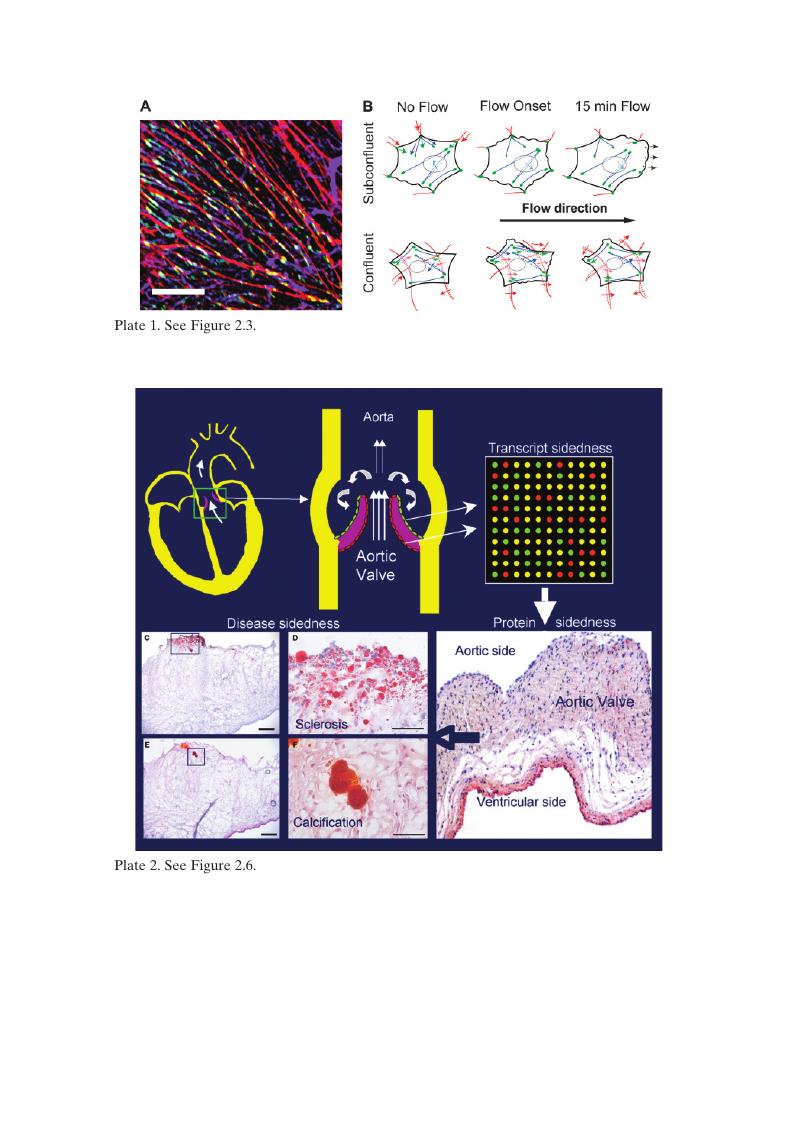Book contents
- Frontmatter
- Contents
- Contributors
- Preface
- 1 Introduction
- 2 Endothelial Mechanotransduction
- 3 Role of the Plasma Membrane in Endothelial Cell Mechanosensation of Shear Stress
- 4 Mechanotransduction by Membrane-Mediated Activation of G-Protein Coupled Receptors and G-Proteins
- 5 Cellular Mechanotransduction: Interactions with the Extracellular Matrix
- 6 Role of Ion Channels in Cellular Mechanotransduction – Lessons from the Vascular Endothelium
- 7 Toward a Modular Analysis of Cell Mechanosensing and Mechanotransduction
- 8 Tensegrity as a Mechanism for Integrating Molecular and Cellular Mechanotransduction Mechanisms
- 9 Nuclear Mechanics and Mechanotransduction
- 10 Microtubule Bending and Breaking in Cellular Mechanotransduction
- 11 A Molecular Perspective on Mechanotransduction in Focal Adhesions
- 12 Protein Conformational Change
- 13 Translating Mechanical Force into Discrete Biochemical Signal Changes
- 14 Mechanotransduction through Local Autocrine Signaling
- 15 The Interaction between Fluid-Wall Shear Stress and Solid Circumferential Strain Affects Endothelial Cell Mechanobiology
- 16 Micro- and Nanoscale Force Techniques for Mechanotransduction
- 17 Mechanical Regulation of Stem Cells
- 18 Mechanotransduction
- 19 Summary and Outlook
- Index
- Plate Section
Plate Section
Published online by Cambridge University Press: 05 July 2014
- Frontmatter
- Contents
- Contributors
- Preface
- 1 Introduction
- 2 Endothelial Mechanotransduction
- 3 Role of the Plasma Membrane in Endothelial Cell Mechanosensation of Shear Stress
- 4 Mechanotransduction by Membrane-Mediated Activation of G-Protein Coupled Receptors and G-Proteins
- 5 Cellular Mechanotransduction: Interactions with the Extracellular Matrix
- 6 Role of Ion Channels in Cellular Mechanotransduction – Lessons from the Vascular Endothelium
- 7 Toward a Modular Analysis of Cell Mechanosensing and Mechanotransduction
- 8 Tensegrity as a Mechanism for Integrating Molecular and Cellular Mechanotransduction Mechanisms
- 9 Nuclear Mechanics and Mechanotransduction
- 10 Microtubule Bending and Breaking in Cellular Mechanotransduction
- 11 A Molecular Perspective on Mechanotransduction in Focal Adhesions
- 12 Protein Conformational Change
- 13 Translating Mechanical Force into Discrete Biochemical Signal Changes
- 14 Mechanotransduction through Local Autocrine Signaling
- 15 The Interaction between Fluid-Wall Shear Stress and Solid Circumferential Strain Affects Endothelial Cell Mechanobiology
- 16 Micro- and Nanoscale Force Techniques for Mechanotransduction
- 17 Mechanical Regulation of Stem Cells
- 18 Mechanotransduction
- 19 Summary and Outlook
- Index
- Plate Section
Summary

- Type
- Chapter
- Information
- Cellular MechanotransductionDiverse Perspectives from Molecules to TissuesPublisher: Cambridge University PressPrint publication year: 2009

